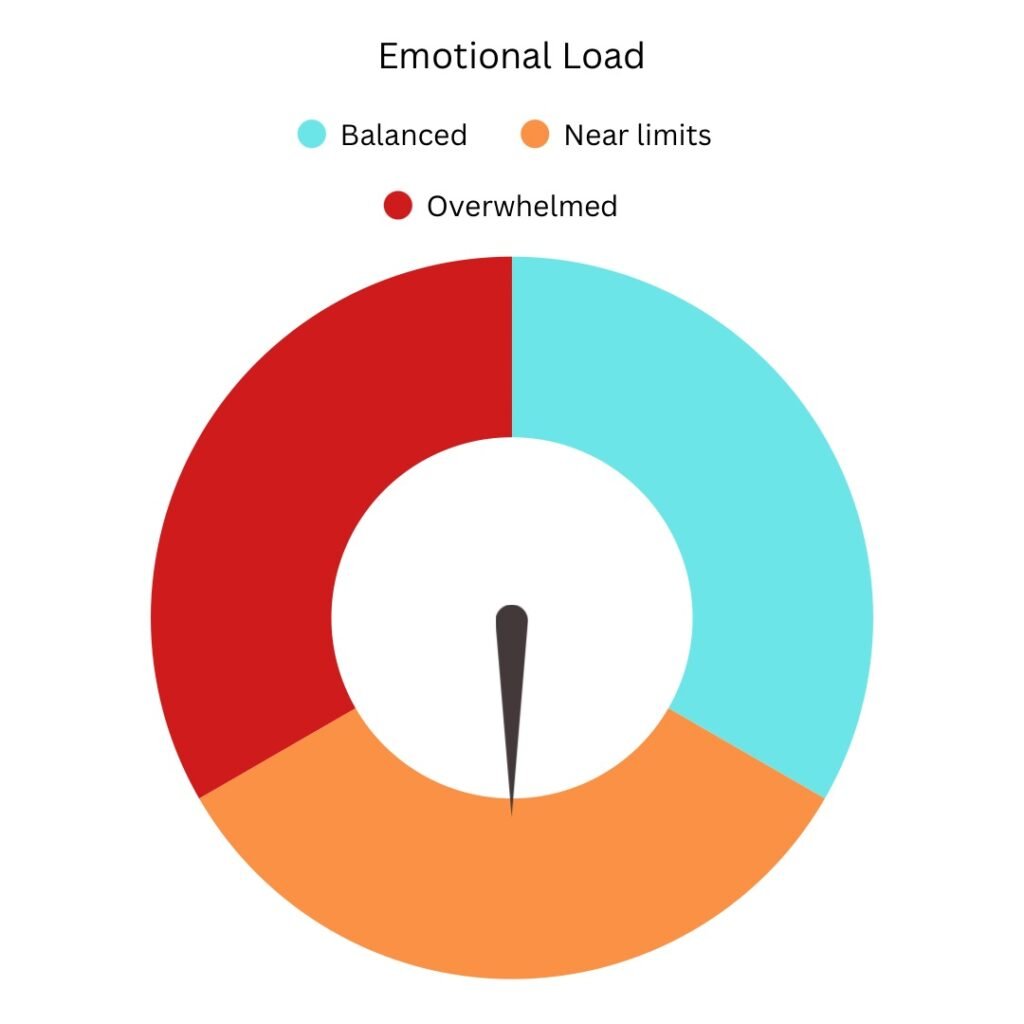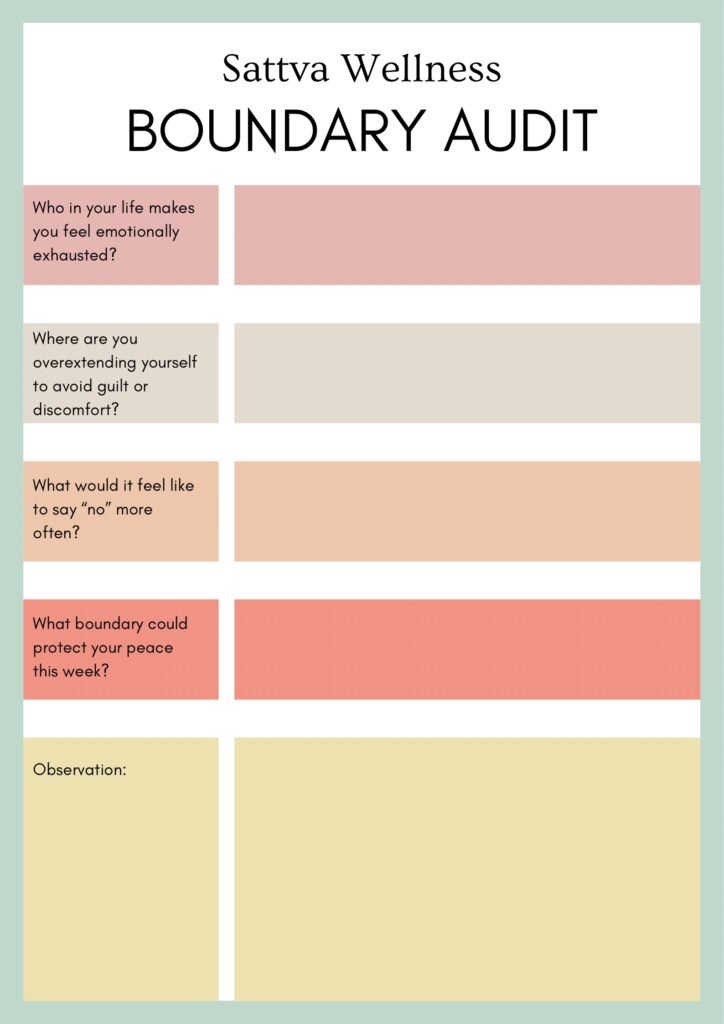Introduction: Boundaries Are Not Barriers When we hear the word boundaries, we often imagine rigid walls or rejection. But the truth is—healthy boundaries are anything but cold or isolating. They’re not about cutting people off, but rather about preserving space for connection without losing ourselves. Boundaries are the quiet, firm guidelines that protect our emotional …
Introduction:
Boundaries Are Not Barriers
When we hear the word boundaries, we often imagine rigid walls or rejection. But the truth is—healthy boundaries are anything but cold or isolating. They’re not about cutting people off, but rather about preserving space for connection without losing ourselves.
Boundaries are the quiet, firm guidelines that protect our emotional energy, sense of identity, and personal values. They’re how we say, “This is what I’m okay with,” and just as importantly, “This is what I’m not okay with.”

What Are Healthy Boundaries?
At their core, healthy boundaries are limits we set to protect our well-being in relationships, work, and everyday life. They help us:
- Maintain self-respect
- Communicate clearly and kindly
- Prevent burnout and resentment
- Protect our time and emotional bandwidth
They’re how we hold ourselves in integrity, even when it’s difficult.
Emotional Tolerance: How Much Can You Hold?

Emotional tolerance is your capacity to stay present with emotional discomfort—both yours and others’—without feeling overwhelmed or overrun.
But here’s the twist: it’s not about endlessly holding space for others at your own expense. It’s about learning to recognise your threshold and pausing before burnout, not after.
Signs Your Boundaries Might Be Weak
Sometimes we don’t even realize our boundaries are being crossed. Here are some signs:
- You say “yes” when you want to say “no”
- You feel drained after certain interactions
- You avoid conflict but end up resenting people
- You feel responsible for others’ emotions
- You constantly justify your needs
If this sounds familiar, it’s not a personal failure. It’s simply a sign that your emotional landscape may need more clarity and protection.
How to Begin Setting Boundaries
Setting boundaries can be uncomfortable—especially if you’re not used to it. But it gets easier with practice. Here’s how to start:
- Check in with your body: Notice tension or discomfort. That’s your nervous system signaling you.
- Name the feeling: Are you feeling overwhelmed, resentful, anxious?
- Name the need: Do you need space? Time? Honesty? Reassurance?
- Use clear language: “I can’t take this on right now.” “That doesn’t work for me.” “Let me get back to you.”
“Boundaries are a form of clarity, not cruelty.”
Healthy Boundary Scripts
- “I’d love to help, but I’m at capacity this week.”
- “That topic is sensitive for me. Can we talk about something else?”
- “I need some alone time, but I’ll check in with you later.”
- “It’s important to me to be spoken to with respect. Let’s continue this when we’re both calm.”
Activity: Your Boundary Inventory
Take 10 minutes to reflect and journal:
- Who in your life makes you feel emotionally exhausted?
- Where are you overextending yourself to avoid guilt or discomfort?
- What would it feel like to say “no” more often?
- What boundary could protect your peace this week?
You don’t have to implement it immediately—just start by getting honest with yourself.

Final Thoughts: Boundaries Are Acts of Love
Setting boundaries doesn’t push people away—it brings you closer to yourself. It’s not about keeping others out, but about learning how to invite people in with clarity, respect, and emotional safety.
If you’re struggling with boundaries, therapy can help you unlearn patterns of people-pleasing and rediscover your voice. And remember: saying “no” can often be the most powerful “yes” you ever offer—to yourself.
Credits: Therapist Devyanshi







